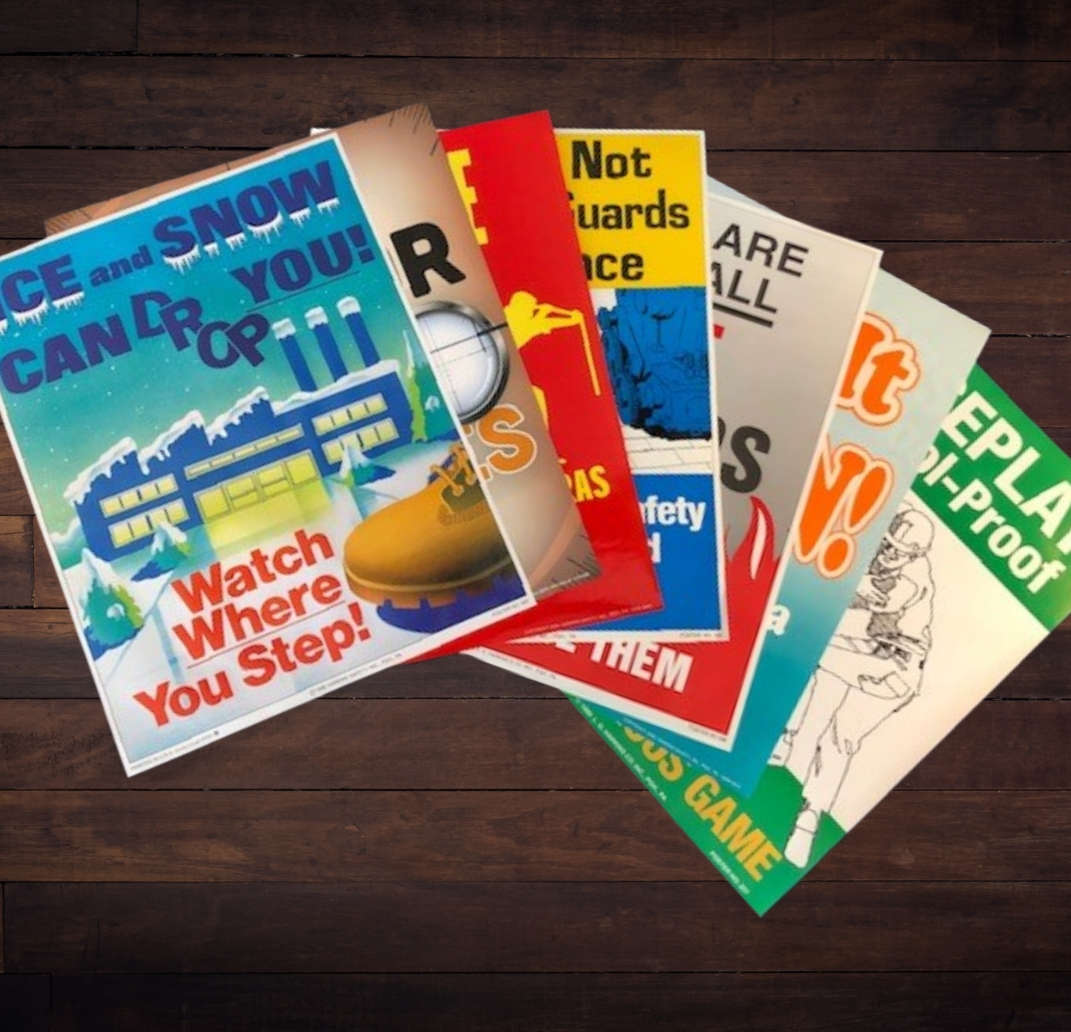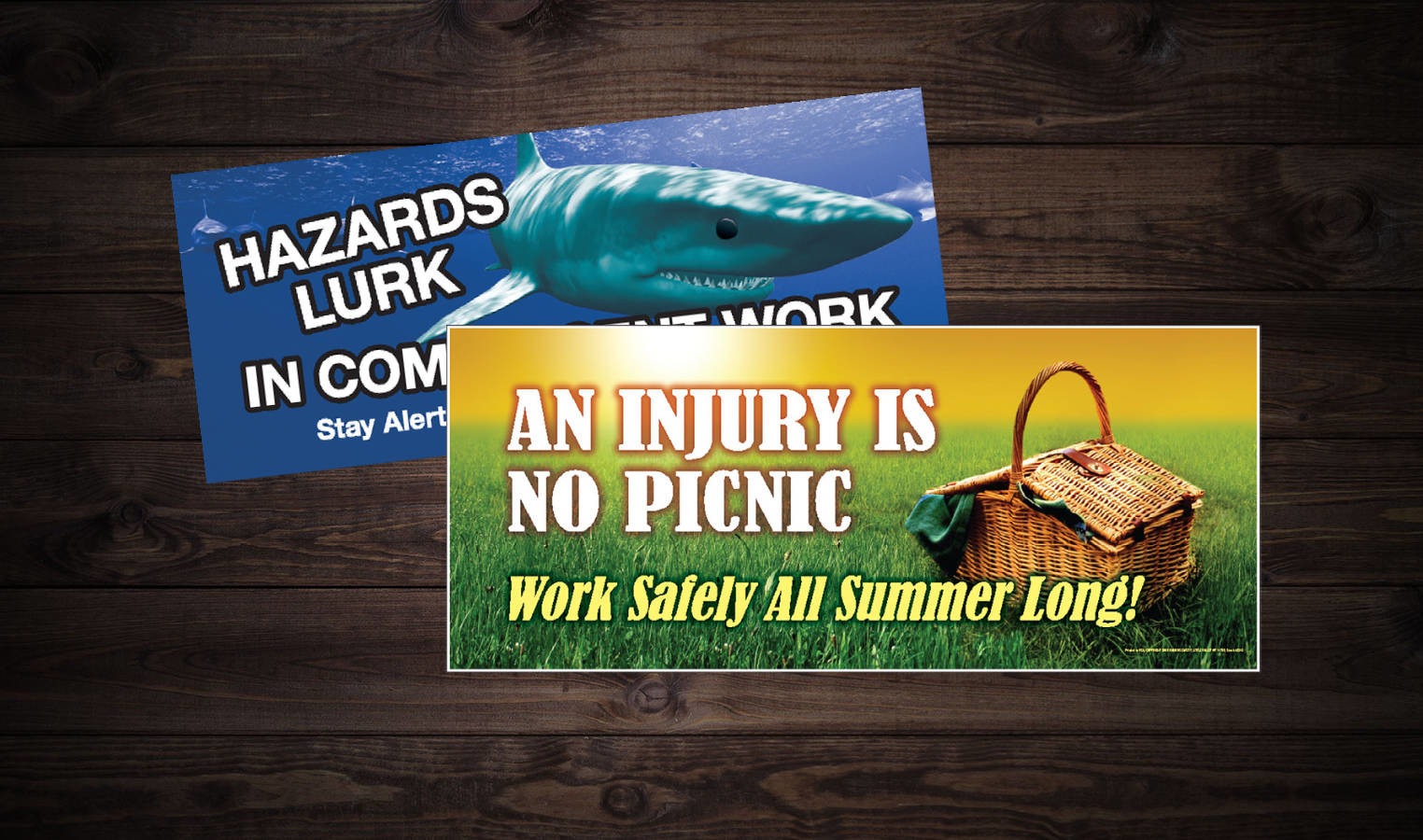“Too Hot To Handle”
When a meteor falls to the earth, it burns to a cinder. Reentry temperatures can reach 3,000 degrees F. So what protects the Space Shuttle on reentry? The answer, as most of us know, is the thermal tiles. But do you know how the tiles do their job?
About the size of the adhesive tile you’d use on your kitchen floor, the Space Shuttle has 22,000 tiles, as well as thermal-protection blankets, that form a protective skin around the spacecraft.
About 70 percent of the Shuttle’s exterior consists of tiles made of a silica compound, a material derived from everyday sand. The silica fibers are mixed with deionized water and other chemicals, poured into a plastic mold, baked in a huge microwave oven, and then fused in a 2,350 degree oven. Because the silica is such an excellent insulator, and because it diffuses heat so well, you could hold a tile in your hand while you heat the center with a blowtorch.
The Space Shuttle tiles get their incredible insulation properties from the fact that they are as much as 93 percent porous. This, combined with the low thermal conductivity of the silica, keeps the heat, over 2,000 degrees Fahrenheit, from reaching the body of the Space Shuttle and its crew on re-entry into the Earth’s atmosphere.
While the crew of the Space Shuttle relies on tiles to keep them safe, you have to depend on your judgement and good safety procedures to insulate yourself from heat.
To keep heat stress from reaching you on the job:
Stay Alert to the symptoms of heat stress. Look for chills, mental confusion, cool yet sweaty skin, and possibly nausea, vomiting, or headaches. If you see these signs, get the person to a cool place as soon as possible and call for help.
Follow smart safety rules about heat stress to avoid it. Make sure to drink plenty of water and other liquids, but stay away from caffeinated drinks, because they can be dehydrating. Also alternate work and rest periods. Wear light-colored, loose-fitting clothing. Stay fit-you’ll be better able to handle the physical toll of high-heat environments. Most of all stay aware. Heat stress can sneak up on you while you’re focusing on getting the job done. Stay cool and you’ll stay safe.
STOP HEAT STRESS BEFORE IT STRIKES
*Copyright Harkins Safety 2005





